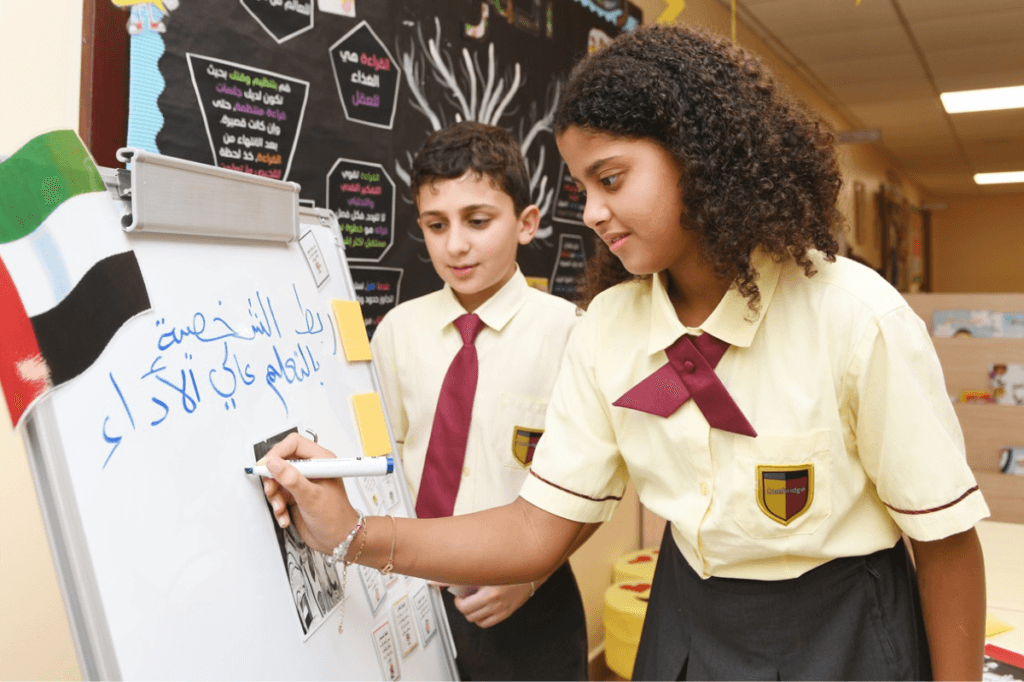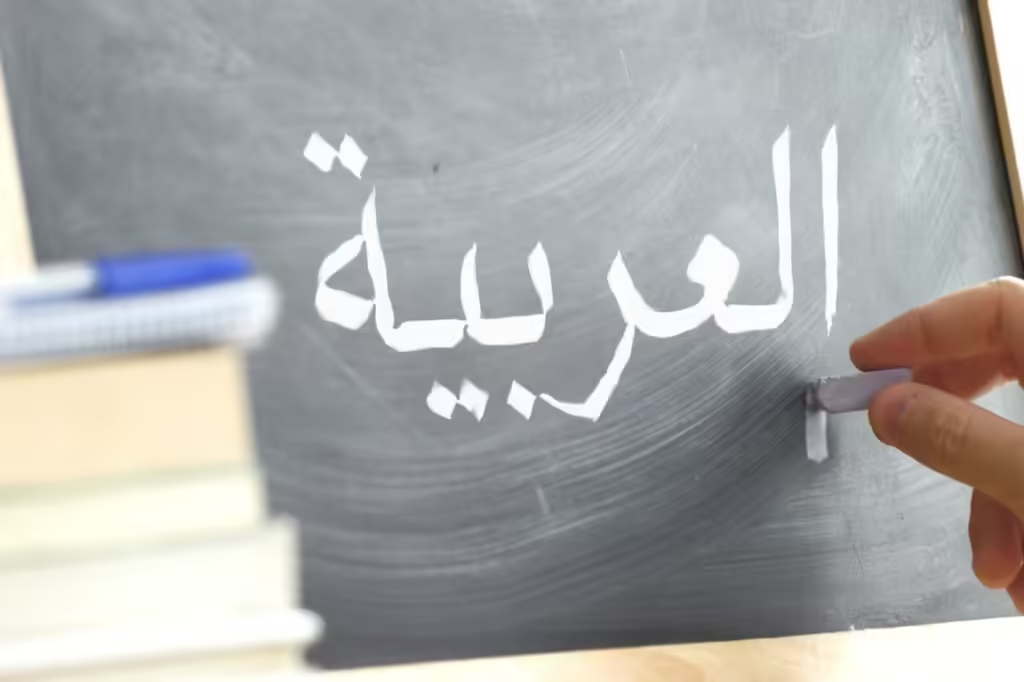KHDA introduces mandatory Arabic learning for children from birth to six years, starting September 2025, to promote cultural identity and language proficiency.

Dubai Knowledge and Human Development Authority (KHDA) has introduced a new policy aimed at strengthening Arabic language education in early childhood. This initiative, effective from September 2025 for schools operating on a September academic year and April 2026 for those starting in April, will require all private schools and early childhood centers in Dubai to incorporate Arabic language learning for children from birth to six years old.
Reading Suggestion: UAE Travel Ban Lifting Time Reduce from One Day to Just Minutes
Strengthening Arabic in Early Years
The initiative aligns with Dubai’s broader goal of fostering cultural identity and linguistic proficiency among young learners. By embedding Arabic into early education, KHDA aims to instill a love for the language and deepen children’s connection to Emirati culture and heritage. The program is structured to ensure that all children—whether Emirati, Arab, or non-native speakers—have meaningful exposure to Arabic from a young age.
Phased Implementation Plan
The policy will be rolled out gradually:
- Phase One (September 2025 – April 2026): Focuses on Arabic language education for children aged 4-6 years.
- Future Phases: Will extend to include children from birth to six years in subsequent years.
Play-Based, Inquiry-Driven Learning Approach
KHDA emphasizes that Arabic teaching in early childhood should be interactive and engaging. Schools and early childhood centers must adopt a play-based, inquiry-driven approach to language instruction. Additionally, at least one-third of the child’s instructional time should include an Arabic-speaking teacher to immerse children in culturally relevant activities.
To ensure quality education, schools must employ qualified Arabic teachers and provide ongoing professional development programs to enhance their teaching skills.
Role of Parents in Language Development
Parents will play a crucial role in supporting their children’s Arabic language development. KHDA advises that schools and early childhood centers encourage parents to integrate Arabic into daily home activities through resources and interactive learning strategies.
Loughat Al Daad Initiative
This policy is a key component of Loughat Al Daad, one of the 28 game changers under Dubai’s Education 33 strategy. The initiative derives its name from the Arabic letter “Daad,” which is unique to the language. Loughat Al Daad aims to enhance Arabic acquisition and promote a deeper understanding of UAE culture and heritage among all students.
Updates to National Curriculum
Alongside the early childhood policy, KHDA has also updated requirements for national mandatory subjects in private schools across Dubai. These changes affect Arabic, Islamic Education, Social Studies, and Moral Education for students from Grade 1/Year 2 to Grade 12/Year 13. The updates include:
Increased instructional time for Arabic language learning.
Adjustments to the language of instruction for Islamic Education, Social Studies, and Arabic for Arab students.
Revised UAE Social, Moral, and Cultural Studies curriculum for non-Arab students.
Reading Suggestion: How to Get a KHDA School Transfer Certificate for Your Child in Dubai
A Step Toward Cultural and Linguistic Enrichment
Fatma Belrehif, CEO of KHDA’s Education Quality Assurance Agency, emphasized the importance of this initiative in fostering a deep connection between children and the UAE’s culture. She highlighted that the goal is not only to strengthen Arabic language proficiency among native speakers but also to help non-native speakers appreciate and engage with the richness of the UAE’s heritage.
By implementing this policy, KHDA aims to create a generation of well-rounded individuals who understand and respect the cultural fabric of the country they live in.

